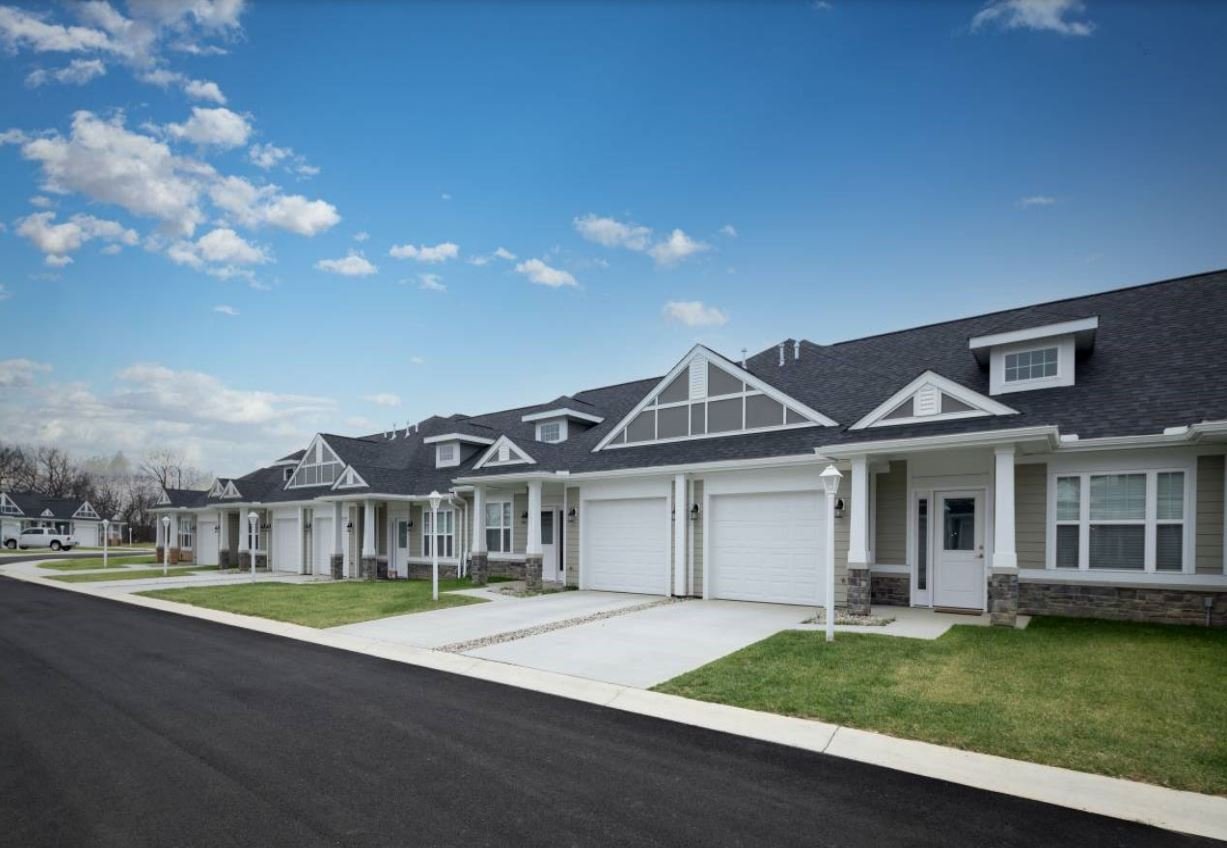CINCINNATI—Downtowns across the nation have become far more popular places to live, attracting new businesses to serve the new residents and creating a 24/7 environment. And many developers have started to see opportunities in historic downtown buildings that can meet this new demand at a lower cost than new construction.
Village Green, for example, one of the nation's largest and oldest privately-owned developer, owner and manager of luxury apartment communities, recently purchased 309 Vine St. in downtown Cincinnati. The Farmington Hills, MI-based company intends to redevelop the 300,000-square-foot, 1920's era, Beaux–Arts commercial building into a mixed-use development that will open in 2016.
“We are excited about the potential of this building to be a mixed use development,” said Jonathan Holtzman, chief executive officer of Village Green. “Redeveloping historic properties is one of our specialties and this is a beautiful structure in a great location. Downtown Cincinnati is evolving into a 24/7 city and this property's proximity to offices, hotels, cultural and sports venues, entertainment and restaurants make it an ideal opportunity. Plans for the building include luxury apartments, penthouses, market, restaurant, offices and a name change.”
As reported in GlobeSt.com yesterday, Detroit-based Kraemer Design Group, PLC says that it is on track to complete the architecture and interior design of the their downtown's historic David Whitney Building. They plan to reopen it in December as a mixed-use facility which features the Aloft Detroit at the David Whitney hotel.
And Village Green recently completed other historic, mixed-use urban developments such as Soo Line City Apartments in Minneapolis and Randolph Tower City Apartments in Chicago.
Want to continue reading?
Become a Free ALM Digital Reader.
Once you are an ALM Digital Member, you’ll receive:
- Breaking commercial real estate news and analysis, on-site and via our newsletters and custom alerts
- Educational webcasts, white papers, and ebooks from industry thought leaders
- Critical coverage of the property casualty insurance and financial advisory markets on our other ALM sites, PropertyCasualty360 and ThinkAdvisor
Already have an account? Sign In Now
*May exclude premium content© 2025 ALM Global, LLC, All Rights Reserved. Request academic re-use from www.copyright.com. All other uses, submit a request to [email protected]. For more information visit Asset & Logo Licensing.








